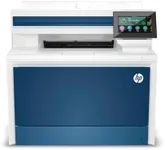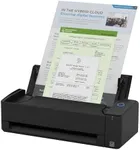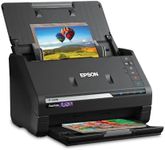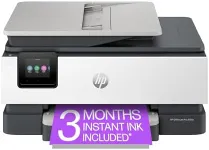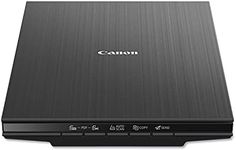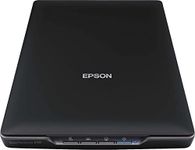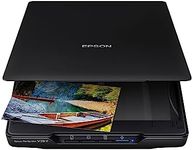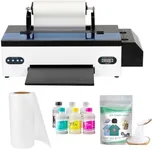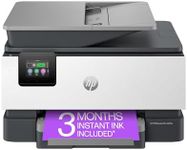Buying Guide for the Best Multi Function Photo Scanners
Choosing the right multi-function photo scanner can be a bit overwhelming, but with the right knowledge, you can find the perfect fit for your needs. Multi-function photo scanners are versatile devices that can scan photos, documents, and sometimes even film negatives. They are ideal for preserving memories, digitizing important documents, and more. To make an informed decision, it's important to understand the key specifications and how they align with your specific needs.ResolutionResolution is measured in dots per inch (DPI) and indicates the level of detail the scanner can capture. Higher DPI values mean better image quality. For general photo scanning, a resolution of 300-600 DPI is usually sufficient. If you need to scan high-quality images for professional use or large prints, look for scanners with 1200 DPI or higher. Consider your end use: if you’re archiving family photos, mid-range DPI will do, but for professional photography, aim for higher DPI.
Scan SpeedScan speed refers to how quickly a scanner can process an image, usually measured in seconds per page or images per minute. Faster scan speeds are beneficial if you have a large volume of photos or documents to scan. For occasional use, a slower speed might be acceptable, but for heavy-duty scanning, look for models that offer higher speeds to save time.
Color DepthColor depth, measured in bits, determines how many colors the scanner can capture. Higher color depth results in more accurate and vibrant images. Most scanners offer 24-bit color depth, which is adequate for general use. For professional photo scanning, consider scanners with 48-bit color depth to ensure the best color accuracy and detail.
ConnectivityConnectivity options include USB, Wi-Fi, and sometimes Ethernet. USB connections are standard and reliable for direct connections to a computer. Wi-Fi connectivity allows for wireless scanning, which can be more convenient if you want to scan directly to cloud services or multiple devices. Choose based on your workflow: if you prefer flexibility and ease of use, Wi-Fi might be the better option.
Software CompatibilityThe software that comes with the scanner can greatly affect your experience. Look for scanners that come with user-friendly software for editing, organizing, and sharing your scans. Compatibility with your operating system (Windows, macOS, etc.) is crucial. If you need advanced features like OCR (Optical Character Recognition) for converting scanned documents into editable text, ensure the software supports it.
Size and PortabilityConsider the physical size of the scanner and whether you need a portable option. Desktop scanners are larger but often offer better performance and more features. Portable scanners are smaller and easier to store or transport but may have limited capabilities. Think about where and how you will use the scanner: if you need to scan on the go, a portable model is ideal; for home or office use, a larger desktop model might be more suitable.
Automatic Document Feeder (ADF)An Automatic Document Feeder (ADF) allows you to load multiple photos or documents at once, which the scanner processes automatically. This feature is particularly useful for batch scanning large volumes of photos or documents. If you plan to scan many items regularly, an ADF can save a lot of time. For occasional scanning, a flatbed scanner without ADF might be sufficient.
